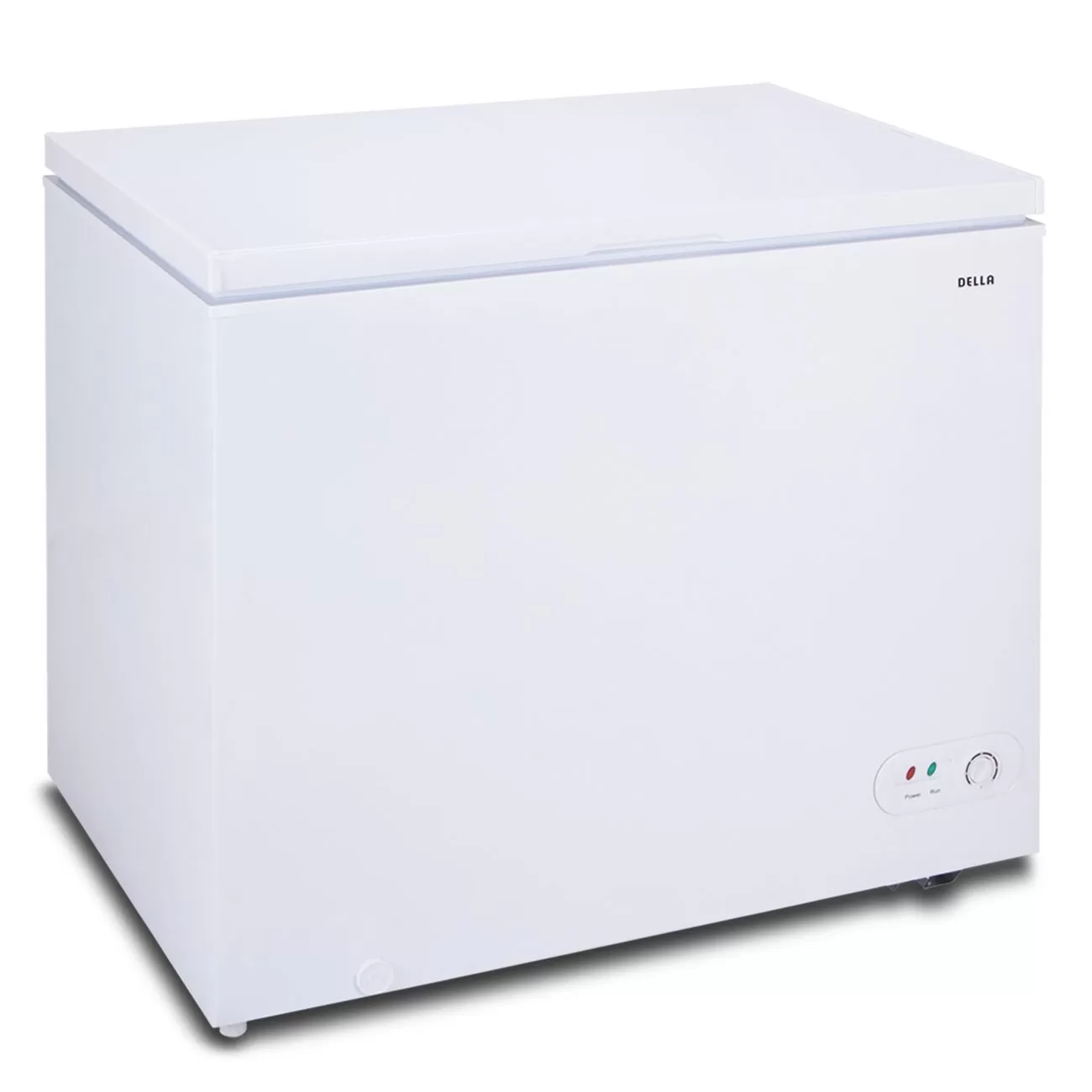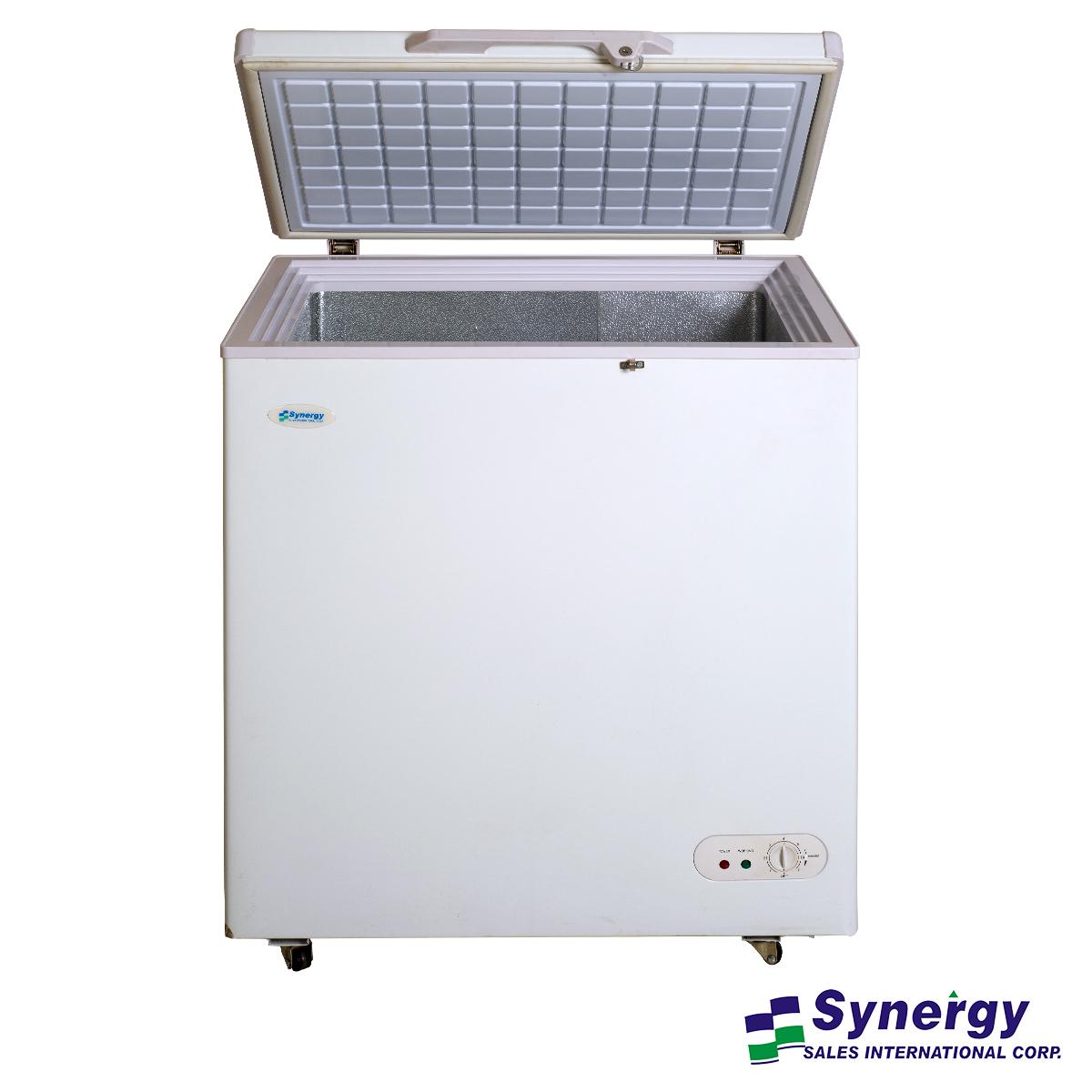
If you have a freezer at home, you might be wondering how much electricity it uses and how much it costs to run. A freezer is a useful appliance that helps you store and preserve food for longer, but it also consumes energy constantly to keep your food frozen. How many watts does a freezer use per day? How does the size, type, and efficiency of your freezer affect its power consumption? How can you reduce your freezer’s energy usage and save money on your electric bill?
The answer to how many watts a freezer uses per day depends on several factors, such as the size, type, model, and condition of your freezer, the temperature setting, the ambient temperature, and how often you open and close it. Generally, a freezer can use between 15 and 900 watts of power per day, depending on these factors. The average wattage of a freezer is around 42 watts, based on the data of 354 freezers.
To calculate how much electricity your freezer uses and how much it costs to run, you need to know three things: the wattage of your freezer, the hours of operation per day, and the price per kilowatt-hour (kWh) of electricity in your area.
The wattage of your freezer is the amount of power it uses in watts. You can find this information on the label or nameplate of your freezer, usually located at the back or bottom of the unit. Alternatively, you can use an appliance thermometer ($10, Amazon) to measure the wattage of your freezer.
The hours of operation per day is the number of hours your freezer runs per day. This may vary depending on how often you open and close your freezer, the temperature setting, and the ambient temperature. A typical freezer runs for about 8 hours per day, but this can be more or less depending on these factors.
The price per kWh of electricity is the amount you pay for each unit of electricity you use. You can find this information on your electric bill or on your electric company’s website. The average price per kWh of electricity in the US is about 13 cents, but this can vary depending on your location and provider.
To calculate your freezer’s power consumption in kWh per day, multiply the wattage by the hours of operation and divide by 1000. For example, if your freezer uses 42 watts and runs for 8 hours per day, it will use 0.336 kWh per day (42 x 8 / 1000).
To calculate your freezer’s power consumption in dollars per day, multiply the kWh per day by the price per kWh. For example, if your freezer uses 0.336 kWh per day and the price per kWh is 13 cents, it will cost you about 4 cents per day (0.336 x 0.13).
To calculate your freezer’s power consumption in dollars per year, multiply the dollars per day by 365. For example, if your freezer costs you 4 cents per day, it will cost you about $14.6 per year (0.04 x 365).

There are different types and sizes of freezers available on the market, such as chest freezers, upright freezers, compact freezers, and refrigerator-freezer combos. Each type and size has its own advantages and disadvantages in terms of capacity, convenience, and energy efficiency.
Chest freezers are large boxes that open from the top. They have more storage space than upright freezers and can keep food frozen longer in case of a power outage. They are also more energy-efficient than upright freezers because they have better insulation and less cold air loss when opened. However, they take up more floor space and are harder to organize and access.
Upright freezers are similar to refrigerators but with only a freezer compartment. They have less storage space than chest freezers but are more convenient to use because they have shelves and drawers that make it easier to organize and access food. They also take up less floor space and can fit in smaller areas. However, they are less energy-efficient than chest freezers because they have more cold air loss when opened and more frost buildup that requires defrosting.
Compact freezers are small freezers that can fit under a counter or in a closet. They have very little storage space but are ideal for small spaces or for storing extra food items that don’t fit in your main freezer. They are also more energy-efficient than larger freezers because they have less surface area that loses heat.
Refrigerator-freezer combos are appliances that have both a refrigerator and a freezer compartment in one unit. They are convenient because they allow you to store both fresh and frozen food in one place. However, they are less energy-efficient than standalone freezers because they have to maintain two different temperature zones and have more cold air loss when opened.
The size of your freezer also affects its power consumption. The larger the freezer, the more power it uses to keep it cold. However, this doesn’t mean that you should buy the smallest freezer possible. You should buy a freezer that suits your needs and preferences, and that is not too big or too small for your food storage. A freezer that is too big will waste energy and space, while a freezer that is too small will force you to buy more food more often and increase your food waste.

There are some simple ways to reduce your freezer’s power consumption and save money on your electric bill. Here are some tips to follow:

A freezer is a handy appliance that helps you store and preserve food for longer, but it also uses electricity constantly to keep your food frozen. How many watts a freezer uses per day depends on several factors, such as the size, type, model, and condition of your freezer, the temperature setting, the ambient temperature, and how often you open and close it. Generally, a freezer can use between 15 and 900 watts of power per day, depending on these factors. The average wattage of a freezer is around 42 watts.
You can calculate how much electricity your freezer uses and how much it costs to run by multiplying the wattage by the hours of operation and dividing by 1000 to get the kWh per day, then multiplying by the price per kWh to get the dollars per day. You can also compare different types and sizes of freezers in terms of their capacity, convenience, and energy efficiency, and choose the one that suits your needs and preferences best.
You can also reduce your freezer’s power consumption and save money on your electric bill by following some simple tips, such as keeping your freezer full but not overcrowded, keeping it clean and well-maintained, keeping it away from heat sources and direct sunlight, setting it at the optimal temperature, and opening and closing it as quickly as possible.
By following these tips and tricks, you can unveil your freezer’s power consumption, make informed decisions about your freezer purchase and usage, and enjoy your frozen food for longer.
